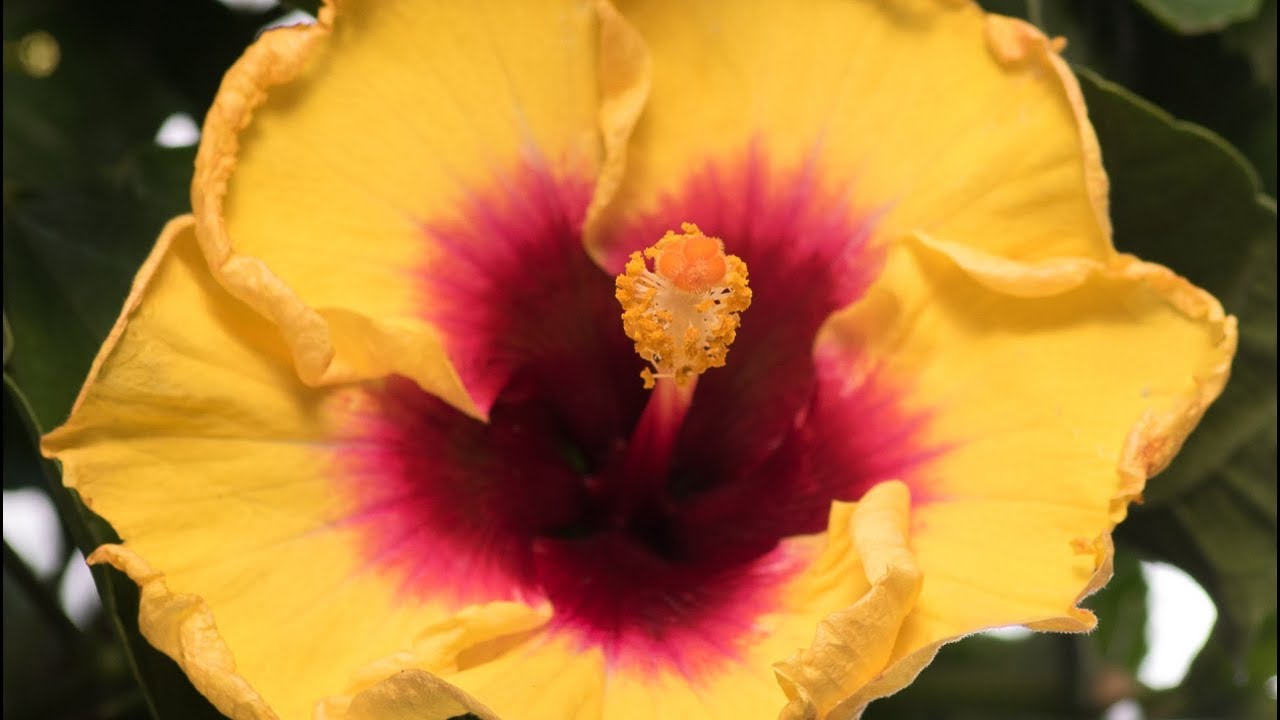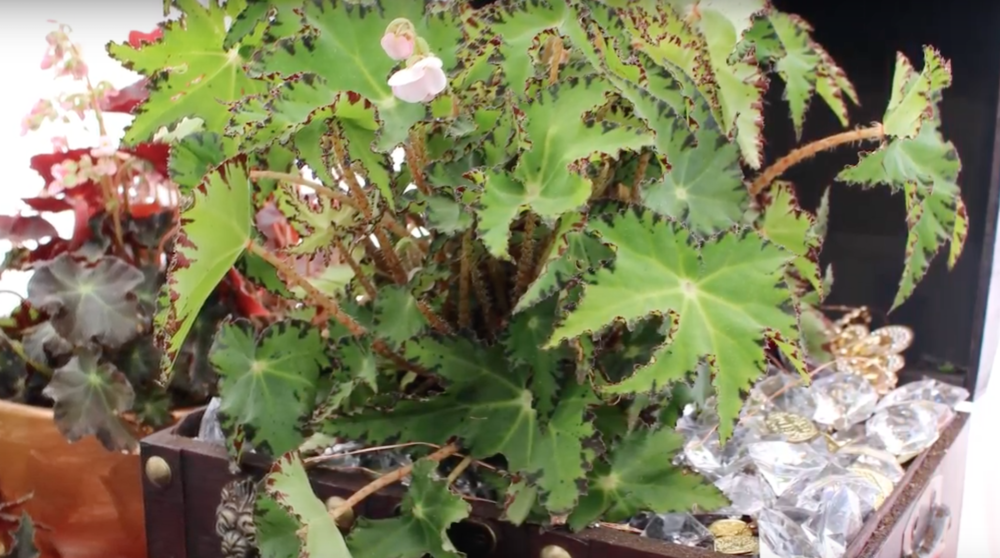Signature Moves
When we think about it, the number one reason we go to most stores is to buy something we know or believe they sell. This is not a secret, nor complicated for any merchant to understand. It is a simple fact, and one that an effective merchant exploits rather than just passively benefits from. Yet, it is one of the easily preventable reasons we don’t go back to many stores if they failed to have what we expected them to have when we went out of our way to give them our business.
Instead of executing the basic blocking and tackling of retail, most retailers misread their results and think that the “big fix” for their business is to jump through a lot of hoops to create advertising that basically gives away profit to people who already want the products they sell. A more effective effort should be put into inspiring new customers for those products, or creating the emotional want for additional products for their existing customers to buy. But it all begins with the merchandise itself. Let’s begin there.
“One Word” for Retailers
In the 1960s blockbuster movie, The Graduate, Dustin Hoffman plays a recent college graduate named Ben. His family throws a graduation party to proudly show off their son to their social network. One family acquaintance calls Ben aside and tells him he has “one-word” of advice for him. That one word was “plastics.” At that time plastics were being developed to be stronger, lighter and a suitable replacement for more expensive metals. He saw a future in plastics and wanted to share this advice with the young graduate.
In retail there is one word of advice and that is “consumables.” This one word has built the world’s largest retail company, and its number one supplier the world’s largest consumer goods manufacturer. You’re right, those are Walmart and Proctor & Gamble.
Two companies of both rising and lasting success all based on selling products that we consume in their use, or use up fairly quickly. We’re not called consumers for nothing!
The secret of consumables is that they achieve high rates of inventory turn as long as they are not over-stocked. This high rate of inventory turn means that dollars invested in inventory are very rapidly and efficiently returned to the merchant for re-use to replenish the inventory that is sold.
In the best of inventory management the most highly consumed products are turned every single day think milk at the convenience store or grocery, or annuals at the garden center in the peak of spring.
Therein lies what we call the Merchant’s Mantra in our Merchant Advantage program. The Merchant’s Mantra is: “Never buy what you cannot sell before you have to pay for it!” This is not always possible 100 percent of the time, but it is a worthy goal and will keep a merchant solvent, and can be part of the answer to getting a troubled one out of the tank.
Focus First on Stale Inventory
One of the little-known secrets to taking advantage of the 80/20 Rule (where 80 percent of margin dollars are generated by 20 percent of products) is to first eliminate from the 80 percent of merchandise that generates only 20 percent of margin dollars. The first step is to print a report of slow moving merchandise from your inventory management system, typically known as the Point of Sale (POS) System. By first eliminating slow-moving inventory you will free up space, time and working capital that is tied up in inventory so you can then turn your focus to the top-selling items at the other end of your report.
Never Outs
Never-Outs is a commonly accepted term for items that should be in stock. Static never-outs should be in stock at all times, and seasonal never-outs should be in stock when they are in-season, but not when they are out of season. Again, this isn’t illogical or complicated. You may wonder, “Why is Sid harping on the subject?” It is because I see so much business failure that is a result from missing, ignoring or otherwise dropping the ball on the execution of this simple retail strategy.
Save the Happy Dance
I remember clear as a bell an October phone call a few years back with a new client. When I asked how thing were going he proceeded to brag that he and his staff were doing the happy dance because they had just sold the last of their corn stalks that morning. And I also remember thinking, You fool! You’re sold out of a never-out. But first I asked, “What are you all so happy about.” He told me that they were happy to not have to mess with loading corn stalks in cars and cleaning up the mess of dry corn leaves and their dust.
After hearing this I asked how many sales he thought they had in the remaining weeks of fall sales the previous years. The question sank in, but he replied, “We’re still happy to not have to mess with the corn stalks any more.” Again, I thought, Fool! When you wonder why your business goes down, look at your own nonsensical decisions. Nothing you can sell should have higher margin or turn faster than corn stalks. You don’t know how many you can sell until you have a few left over. Corn stalks should be in-stock at all times until at least October 30 when nearly everyone who will decorate for fall is done decorating for fall. Now that doesn’t mean you gamble on the right amount to last all fall. Bring in enough to cover one to two weeks of sales based on the average of weekly sales the past several years. Save the happy dance for maximizing total sales of a never-out.
What are your Never-Outs?
Get your sales associates together and make up a list of items that must be in-stock at all times during each season of the year. For example, mums, kale, corn stalks and straw bales, might be on your list of items that must be in stock at all times during the fall season.
Signature Merchandise
What do you sell that no one else can? Those are definitely signature items. Signature merchandise is hard to come by so there is a need to be creative and turn something other people can sell into something you take ownership in because you sell it better.
What is your signature merchandise? Signature merchandise is what you sell that your customers believe they’d be a fool to buy anywhere else regardless of the price!
So you’ll really need to get inside your customers’ mind to know if you have any, and what they are. One of the hints I look for when working with a client is to ask where in their market customers know to shop for the very best of an item an item many of them won’t buy elsewhere. Sometimes this scenario doesn’t exist, but typically when it does, one of the items mentioned is hanging baskets. Geraniums and poinsettia were often mentioned in the past, but as these have become commoditized and fallen out of favor, there are very few garden centers that have held them in signature status.
What product(s) can you develop into signature status? Hint: Don’t think that naming something your “signature whatever” alone will make it so. It is not until the consumer says, “I’d be a fool to buy _________ anywhere but _________, regardless of the price!” They are the judge and jury.
The Treasure Hunt Experience
Certain stores have a reputation for having special merchandise such as cool plants, greeting cards, home décor or just the right gifts for birthdays, etc. These are not specific items; they are ever-changing, almost random, but planned for just the same. The “I’ll know it when I see it” factor is at play, and again, the consumer is the judge and jury. A key to buying right for the treasure hunt experience is to buy at price points.
For example, if you know you can sell cool, unusual new plants, you probably know you can sell them at certain price points. A rare variety of Japanese Maple priced at $30 or $1,500 may both sell, but in different quantities. This is prevalent in the birthday gift market where we all have budgets of $20-25, $50, $100 depending on the recipient. These budgets are different for different types of customers and for different recipients on their gift-giving list. A son or daughter is worth so much, a cousin a different amount, a mother-in-law another amount. Stores that achieve profitable status in giftable merchandise buy according to the unit sales at each of these price points because they know that their customers won’t always buy the same items, but they will spend about the same amount.
Product Stories
Signature merchandise always has a story a rich history that can be crafted to explain the value rather than make a commodity of the product. White Flower Farm, J. Peterman, and other merchants are known for telling stories associated with the products they sell in their catalogs just as Ruth’s Chris steaks are not offered as ordinary beef.
Well crafted product stories provide an emotional connection, adding intrinsic value, or clarifying the differences from lesser quality merchandise. As an example, there is a big difference in perceived value between the poinsettia sold off a rolling rack in the aisle at the box store, and the one you may choose to sell.
A display sign in your store might say:
The lovely (store name) poinsettia is only available for purchase here and for a limited time. This variety was lovingly cultivated by Geneva, the horticultural craftsperson who begins by selecting the right soils a natural clay that allows the soil to breath (the secret to keeping your poinsettia looking fabulous at home). Next, she creates precise spacing and re-spacing of the plants in the greenhouse, so they grow evenly branched ensuring that they’ll look just right as a centerpiece, or on the mantle for your Christmas party or wherever your mother may choose to display it to enhance her home for the holiday visits of friends and family.
Interestingly, the heritage of the (store name) poinsettia is that it was discovered as the botanical treasure Euphorbia pulcherrima in 1828 by Joel Roberts Poinsett while traveling in southern Mexico as the first U.S. Ambassador to Mexico. Mr. Poinsett also founded the institution known today as the Smithsonian Institute. And so the prized Poinsettia has a rich history of being treasured for its enchanting red blooms, which are actually bracts or leaves.
The Difference Is Different
Anyone can sell plants these days. The difference between selling plants and selling them profitably in today’s competitive marketplace is either in reducing them to a commodity and figuring out how to survive doing that, or selling truly better plants in a better way. As Henry Ford once said, “Whether you think you can or think you can’t, you’re right.”

It’s no secret why consumers visit your store to buy what you sell. But are you doing everything you can to make them really want it?






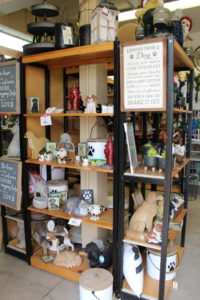



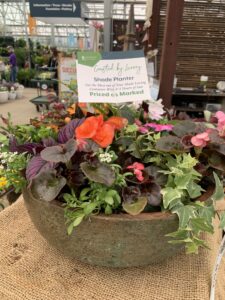
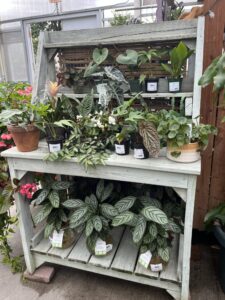
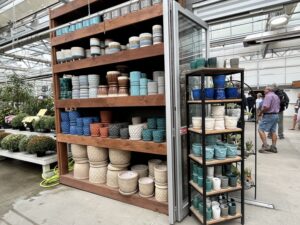
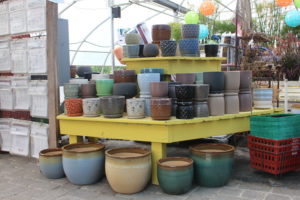
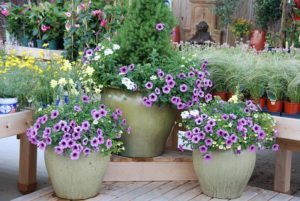


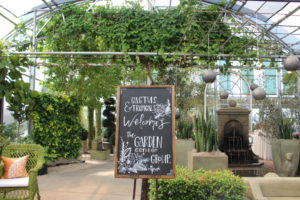
 Videos
Videos

